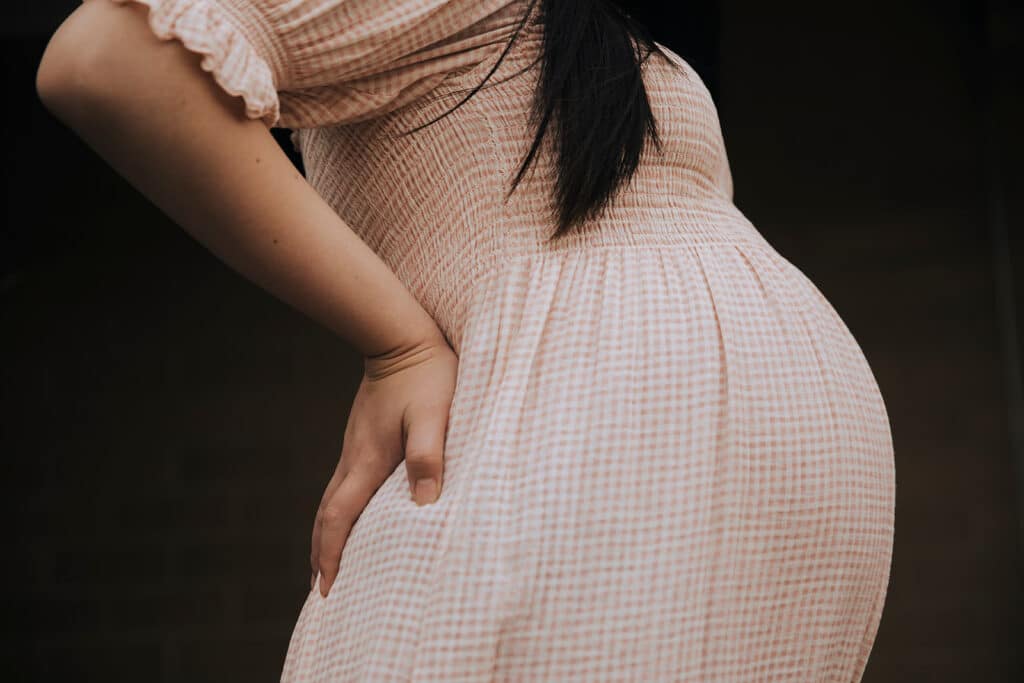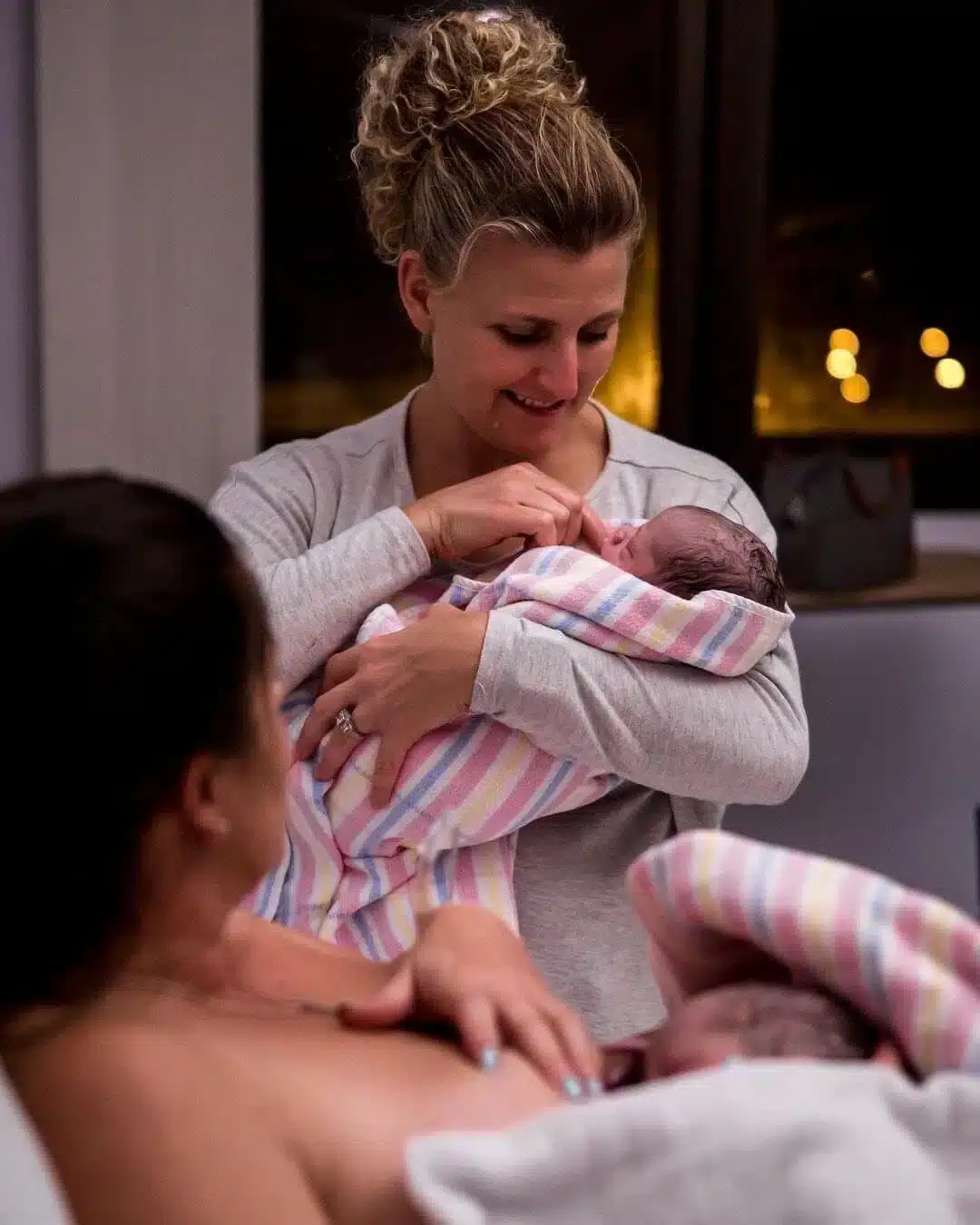Pregnancy Braxton Hicks vs Real Contractions
Braxton Hicks vs Real Contractions

If you’re nearing the end of your pregnancy, you’re likely taking note of every little twinge. It can quickly become allconsuming, especially if you’re past your estimated due date and well and truly over being pregnant.
The last days of pregnancy can be trying; you’re mentally and physically exhausted and desperate to meet the little baby you’ve grown for nine months. No doubt your obstetrician or midwife has encouraged you to keep track of your baby’s movements and this is important right up until birth. In late pregnancy your baby’s movements should maintain the same frequency and rhythm as they have throughout pregnancy – it’s a myth that movements slow in the third trimester. If you do notice a slowing or absence of movement, we encourage you to contact your care provider immediately.
Some women don’t feel braxton hicks at all whereas others experience them from very early in pregnancy. There are some specific differences between braxton hicks and real contractions and it’s good to keep them in mind as you prepare to meet your baby.
What are braxton hicks contractions?
Even if you don’t feel them, you will typically have braxton hicks contractions from six weeks gestation. They are simply a contraction and relaxation of the uterine muscles and are sometimes referred to as ‘false labour’ or ‘practice contractions’. Consider them a very normal and healthy part of pregnancy that you likely won’t feel till the second or third trimester (usually earlier with each subsequent pregnancy).
What do braxton hicks feel like?
They feel like a tightening across your belly and they may prompt your breath to change. They’re not necessarily painful but if you notice them, you may feel some discomfort and will naturally want to breathe a little deeper. They usually last for around 30 seconds and don’t follow a pattern or rhythm. Towards late pregnancy you will typically experience them more regularly and they’ll definitely command your attention but you won’t have more than a few an hour. Relaxation and rest will ease them so lie down or have a shower or a bath.

How are braxton hicks different from real contractions?
There are a few significant difference between braxton hicks and real contractions, including:
- Pain. Braxton hicks aren’t painful whereas contractions are for most people.
- Timing. Braxton hicks aren’t rhythmic or regular but contractions typically follow a pattern and once they begin, they will generally keep coming and grow stronger.
- Length. Braxton hicks will only last for about 30 seconds but you can expect contractions to last for about a minute.
- Intensity. If you exercise or relax braxton hicks will ease whereas movement and relaxation can encourage and intensify contractions.
- Purpose. Contractions will encourage your cervix to shorten and dilate (open) but braxton hicks don’t have any direct effects on your cervix.
I’m not full term but I think I’m having contractions.
If you aren’t yet 37 weeks and you think you’re having contractions, contact your obstetrician or midwife. Regardless of the time of day (or night), they are there to offer you reassurance, guidance and advice. Don’t persist at home wondering and waiting. You’ll feel much better when you have spoken to your care provider.
How do I know if I’m in early labour?
Once you notice a distinct difference between the braxton hicks you’ve been having and the real contractions that are starting to get stronger, you will likely be in the beginning stages of early labour. Remember that early labour can go for hours and, sometimes, days, so try not to do all the things and subsequently exhaust yourself. This stage is all about staying relaxed, resting to conserve energy, moving in a way that encourages the baby into an ideal birth position, staying well hydrated and doing all the things that make you feel good. Why? Because when you feel safe, content and loved, the hormone responsible for driving contractions – oxytocin – will flow freely and really get labour going.
If you’re still unsure if you’re in early labour, here’s five signs to look out for.
Categories
Related Products
-
The Birth Class
108 reviews$249.00The empowering online childbirth education program that will help you confidently prepare for birth.
Get your copy of our Perineal Massage Guide in your inbox
Keep Reading
We think you might enjoy these articles

The Emergency C-Section Checklist You’ll Be Thankful You Had

Pre-existing Diabetes and Pregnancy: What You Need to Know

Harnessing the Power of Acupressure: A Natural Approach to Preparing for Birth

Thoughtful Christmas Gifts for your Pregnant Friend.

What is Pre-eclampsia?

Non-invasive Prenatal Testing (NIPT)
@AustralianBirthStories
Follow along with us
@AustralianBirthStories
Follow along with us
@AustralianBirthStories
Follow along with us
@AustralianBirthStories
Follow along with us
@AustralianBirthStories
Follow along with us
@AustralianBirthStories
Follow along with us
@AustralianBirthStories
Follow along with us
@AustralianBirthStories
Follow along with us
@AustralianBirthStories
Follow along with us
@AustralianBirthStories
Follow along with us
@AustralianBirthStories
Follow along with us
@AustralianBirthStories
Follow along with us




